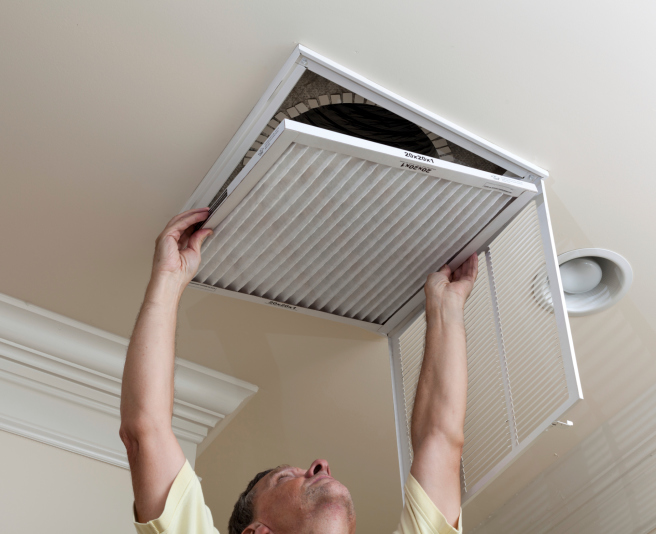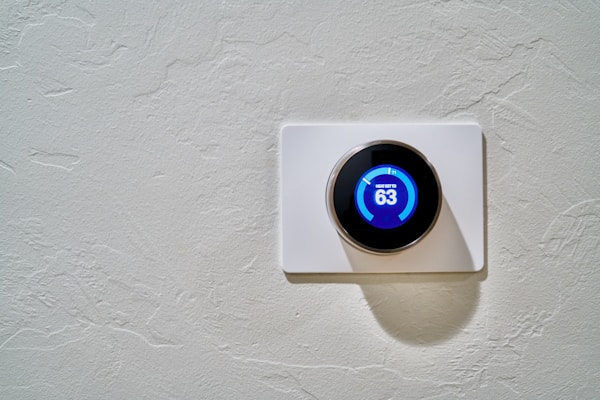Ductwork condensation is a problem for many homeowners, especially in the summer months. The cause of ductwork condensation is the difference in temperature between the air inside the ductwork and the air outside the ductwork. When the air inside the ductwork is cooler than the air outside, the water in the air outside the ductwork condenses on the inside. As a result, you could have condensation on your air vents or experience duct sweating in wall areas. This condensation can cause mold and mildew to grow on the inside of the ductwork, and it can also cause the ductwork to rust. There are a few things that you can do to prevent ductwork condensation. Keep reading to learn more.
Clogged or Dirty Air Filters

The most common cause of ductwork condensation is a clogged or dirty air filter. When an air filter becomes clogged, it restricts airflow and prevents the air from being properly heated or cooled. This can lead to an air stagnation in the ducts, which can cause condensation to form on the cool metal surfaces.
To prevent this, it is important to change out or clean the air filters in your HVAC system regularly. This will ensure that the air flowing through the ducts is free of dirt, dust, and debris. Not only will this reduce the likelihood of condensation, but clean air filters can drastically improve your indoor air quality. Most experts suggest changing out your air filters at least every three months. If you have a few pets or live in an area that is prone to dust, you might require more frequent filter changes.
High Humidity Levels

High humidity levels can cause condensation to form on the interior of ductwork. This occurs when warm air, which holds more water vapor, comes in contact with cold ducts. The warm air then cools and releases water vapor, which accumulates on the inside of the ducts, on your air vents, and on other components. This can lead to mold and mildew, and other potential health hazards.
In order to prevent condensation from forming on ductwork, it is important to keep the humidity levels in the home at an appropriate level. This can be done in a number of ways, including increasing ventilation and using dehumidifiers. Increasing ventilation helps to reduce moisture by allowing the warm, moist air to escape from the home and the colder, dryer air to enter. Dehumidifiers help to reduce the humidity levels in the home by removing moisture from the air and releasing it back into the atmosphere.
Ductwork Issues
One of the best ways to prevent condensation is to address any issues with your ductwork. Ducts that are improperly sealed or leaking can allow warm, humid air into your system and create condensation. You’ll want to inspect your ductwork frequently for air leaks and ensure that all cracks and joints are properly sealed.
Additionally, when the ductwork is blocked, air cannot flow properly through the system, causing condensation to form. The condensation can form on the vents themselves or any other surface that the air is coming into contact with. To prevent this from happening, it is important to make sure that the ductwork is clear and free of any obstructions. Over the course of a year, several pounds of dirt, dust, and other debris can accumulate in your ducts. You might want to consider having your ducts cleaned regularly to prevent any potential blockage.
Overall, condensation in ductwork can be caused by a number of factors, such as ductwork air leakage, high humidity, and poor airflow. Taking steps to prevent condensation, such as properly insulating and sealing ducts, can help to ensure the efficient and safe operation of your home’s HVAC system.





